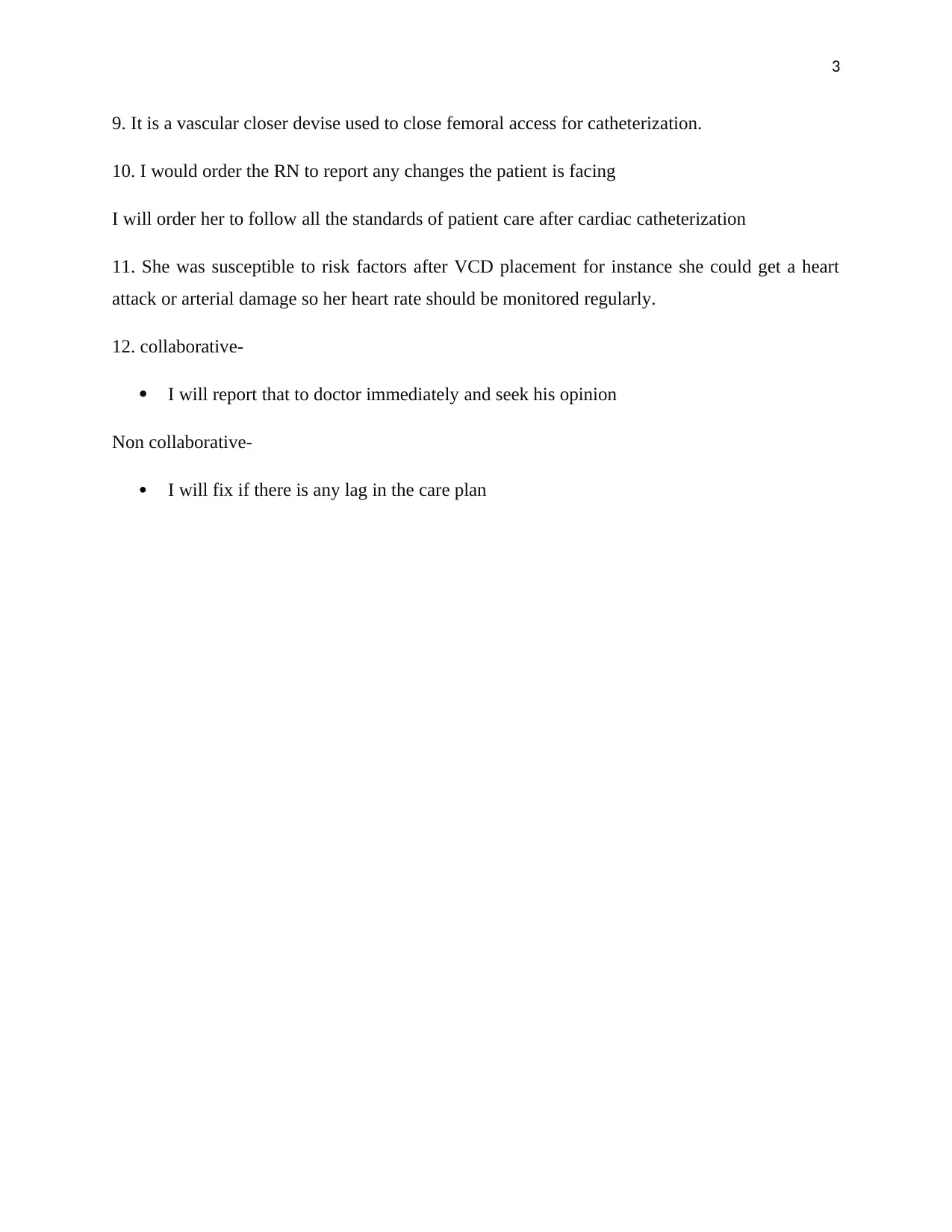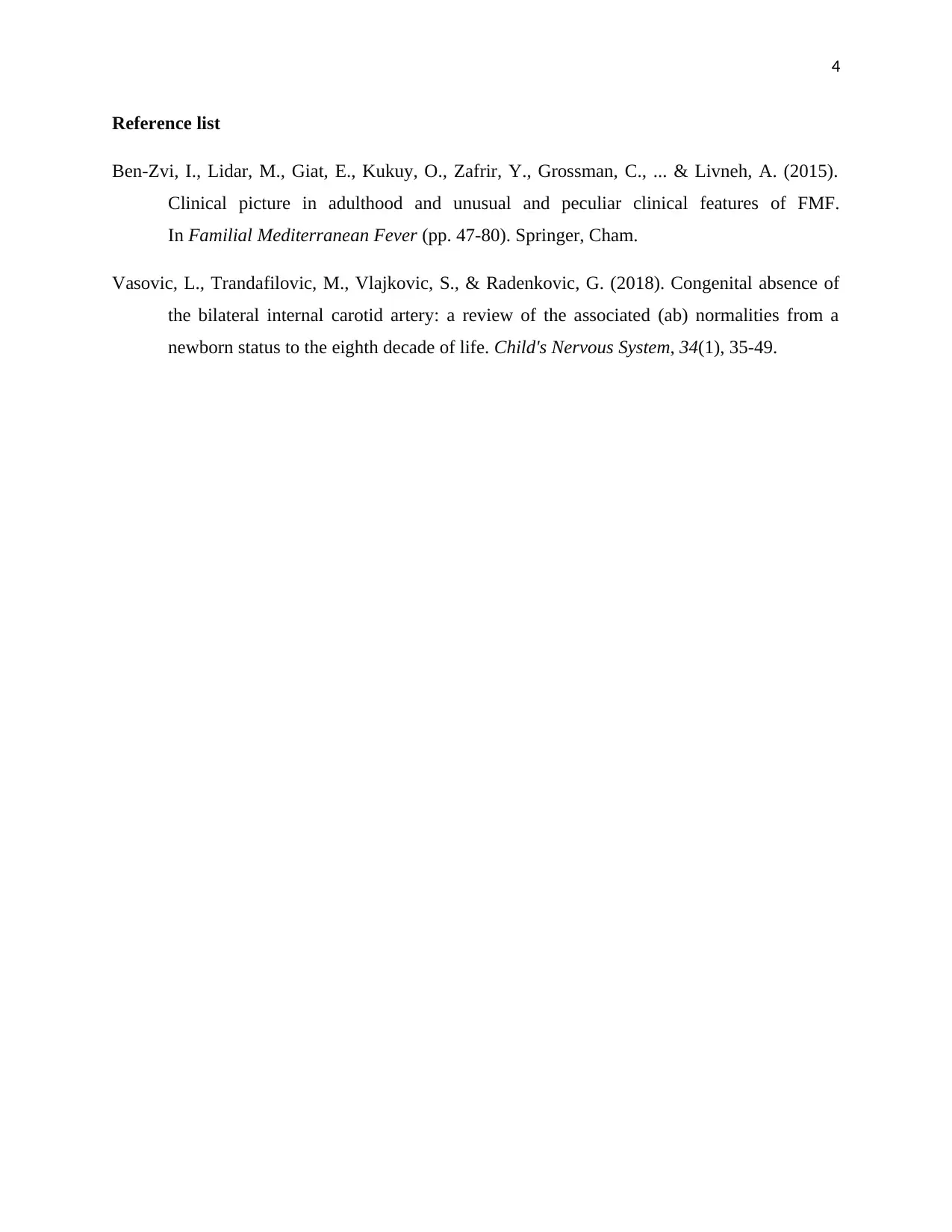Case Study: NUR 114 - Angina/CAD (Marcy Jones) Clinical Analysis
VerifiedAdded on 2022/12/05
|4
|515
|454
Case Study
AI Summary
This case study presents a scenario involving Marcy Jones, a 65-year-old female admitted to the emergency department with symptoms of fatigue and malaise, potentially related to Angina/CAD. The assignment requires the student to identify expected medical orders, probing questions for patient assessment, and appropriate nursing interventions. The solution outlines the expected diagnostic tests, such as CT angiography and cardiac MRI, and details the importance of obtaining a thorough patient history, including family history of similar conditions. It also emphasizes focused assessments like behavioral therapy and therapeutic communication. The student is expected to identify potential risk factors, such as learning difficulties or psychological disorders, and the use of diagnostic tools like an event recorder and exercise tests. The solution further addresses the role of the nurse in patient education, emotional support, and preparation for potential medical procedures, such as pacemaker implantation. The case study covers the interpretation of diagnostic results, nursing actions post-procedure, and the monitoring of potential complications, such as heart attacks or arterial damage following VCD placement. It also differentiates between collaborative and non-collaborative nursing actions and includes references to relevant medical literature.
1 out of 4











![[object Object]](/_next/static/media/star-bottom.7253800d.svg)